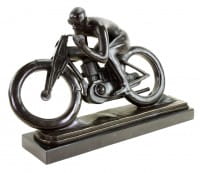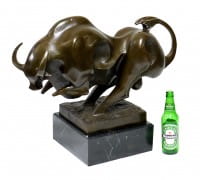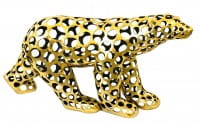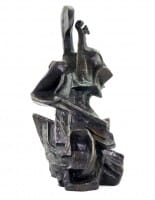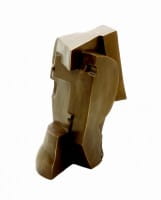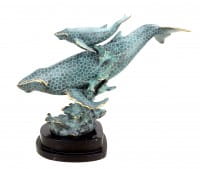Torso
In the realm of art and sculpture, a torso refers to the main body or trunk of a human or animal figure, excluding the head, limbs, and sometimes the neck. It is derived from the Italian term "torso", which is borrowed from the Latin "thorax" meaning chest, trunk, or corslet.
Torsos have been a significant subject of focus throughout the history of art, particularly in sculpture. Artists have been captivated by the torso due to its complex structure and form, which presents both a challenge and an opportunity for artistic expression. It encapsulates a wealth of anatomical detail, including the contours of the muscles, the curvature of the spine, and the structure of the rib cage.
In classical sculpture, the depiction of the human torso was considered an essential skill for artists. Renowned sculptures such as the "Venus de Milo" and the "Belvedere Torso" - both of which lack heads and limbs - showcase the ancient Greeks' mastery over depicting the human form. These works influenced countless artists in the Renaissance period and beyond.
The "Belvedere Torso", in particular, has been highly influential. This fragmented statue of a male figure, displayed in the Vatican Museums, is celebrated for its detailed musculature and dynamic pose. Artists like Michelangelo admired and studied this work, and its influence is seen in numerous works of the High Renaissance.
In contemporary art, the torso continues to be a popular subject, with artists using a variety of materials and techniques to represent it. Whether it's realistic or abstract, the torso remains a powerful symbol of human strength, beauty, and vulnerability.
From an academic perspective, plaster casts of the torso are commonly used in art education as a tool for students to study human anatomy and practice their drawing or sculpting skills.



















